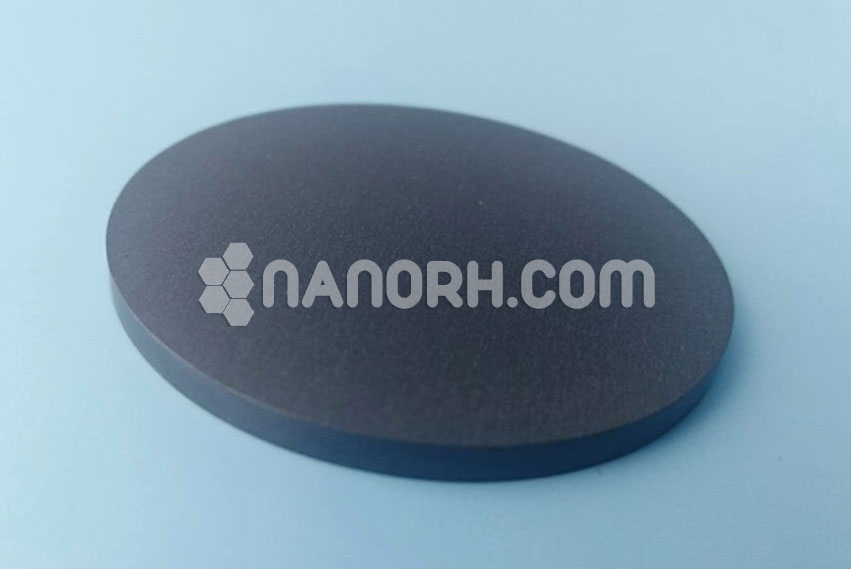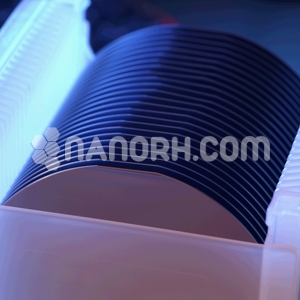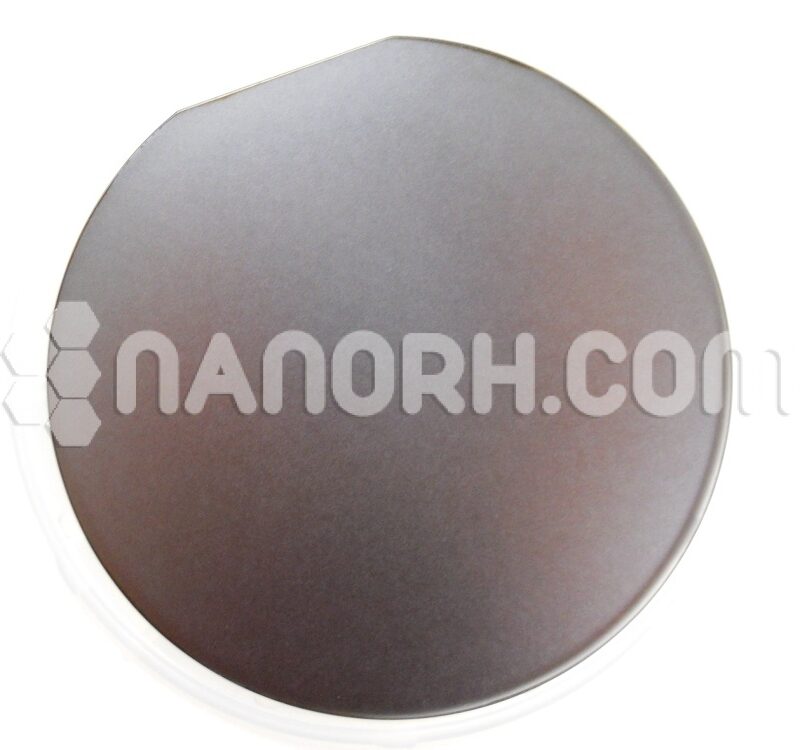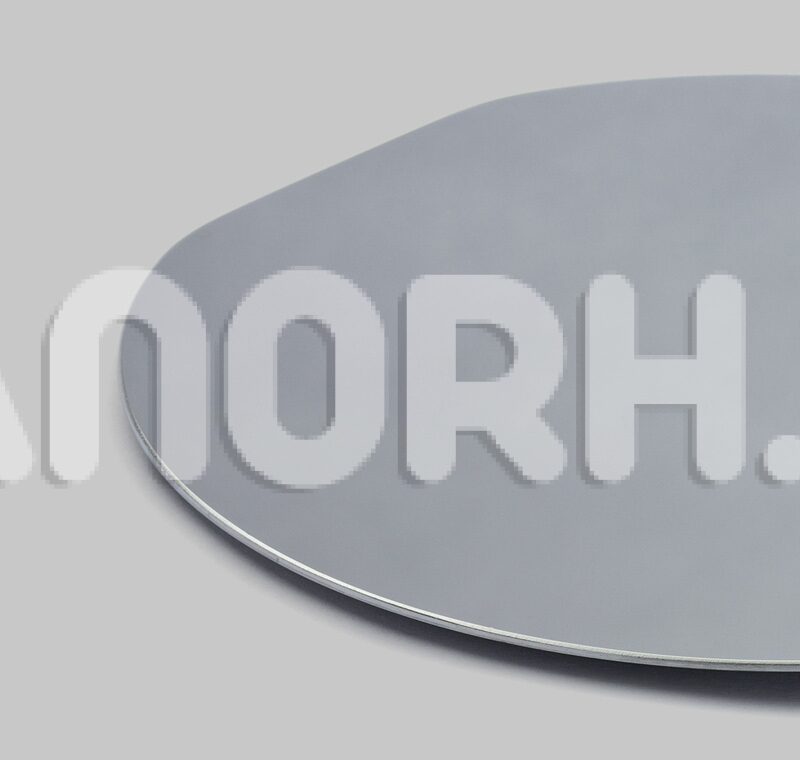| Scandium Aluminum Alloy Sputtering Targets | |
| Product No | NRE-43541 |
| CAS No. | 113413-85-7 |
| Formula | Sc-Al |
| Molecular Weight | 71.93 |
| Purity | >99.9% |
| Density | 2.7 g/cm3 |
| Thickness | 3 mm ± 0.5mm (can be customized) |
| Diameter | 50 mm ± 1mm (can be customized) |
| Shape | Round |
| Resistivity | NA |
| Thermal Conductivity | NA |
Scandium Aluminum Alloy Sputtering Targets
Introduction:
Chemical Composition:
Scandium aluminum alloy typically consists of a combination of scandium (Sc) and aluminum (Al), often in varying proportions. This alloy benefits from the unique properties of both metals.
Material Properties:
Lightweight: Scandium aluminum alloys are known for their low density, making them suitable for applications where weight is a critical factor.
Strength and Durability: These alloys exhibit enhanced strength compared to pure aluminum, especially at elevated temperatures.
Corrosion Resistance: Scandium contributes to improved corrosion resistance, extending the lifespan of components made from these alloys.
Enhanced Weldability: Scandium aluminum alloys are easier to weld than traditional aluminum alloys.
Applications
Aerospace and Defense:
Used in aerospace components and structures due to their lightweight and high-strength properties, which help improve fuel efficiency and performance.
Automotive Industry:
Employed in the manufacture of lightweight components, such as wheels and frames, to enhance fuel efficiency and reduce emissions.
Sports Equipment:
Utilized in high-performance sports equipment, including bicycles and golf clubs, where strength-to-weight ratio is crucial.
Electronics:
Scandium aluminum alloys are used in the production of electronic components, including heat sinks and housings, benefiting from their thermal conductivity and strength.
Research and Development:
Sputtering targets made from scandium aluminum alloys are used in research settings to explore new materials and applications in various fields, including electronics and materials science.
Nuclear Applications:
Investigated for use in nuclear applications due to their ability to withstand high temperatures and corrosive environments.
Thin Film Deposition:
Used in sputtering processes to create thin films with specific properties, leveraging the unique characteristics of the alloy for various applications.




